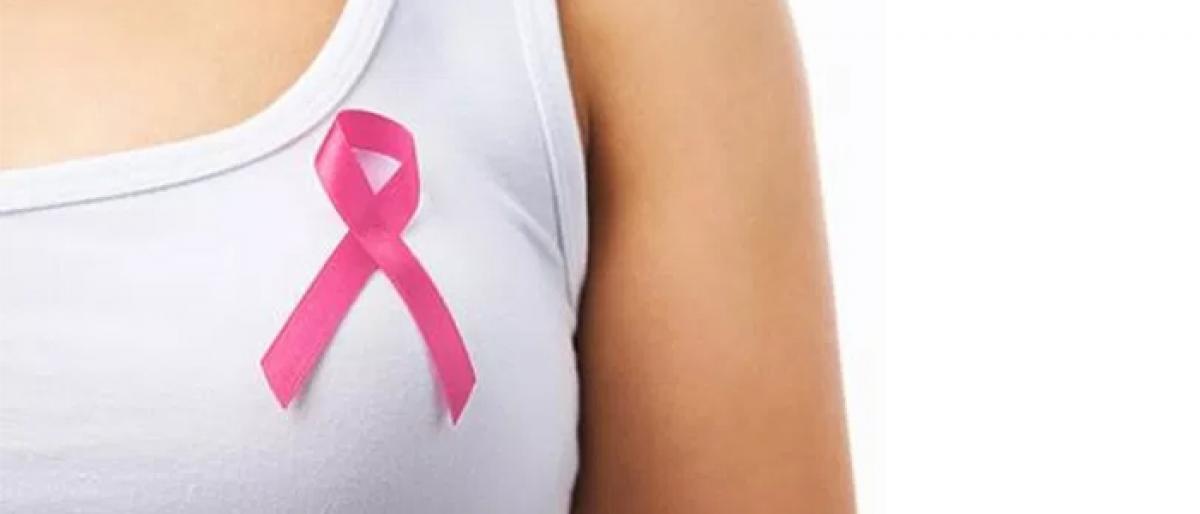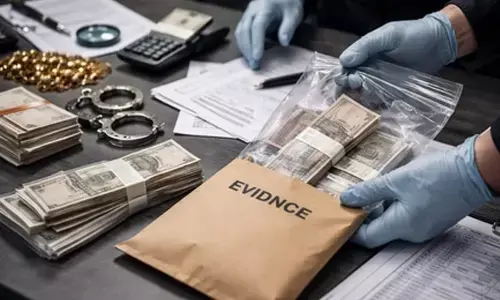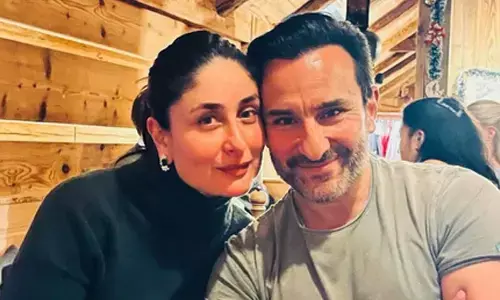Mexican student fits bra with app to detect breast cancer

A device made of a brassiere cup fitted with a mobile application, developed by a Mexican student, is designed to be an ally of mammograms for the timely detection of breast cancer in women with very dense breast tissue and in those under age 40
Mexico City: A device made of a brassiere cup fitted with a mobile application, developed by a Mexican student, is designed to be an ally of mammograms for the timely detection of breast cancer in women with very dense breast tissue and in those under age 40.
"The idea started after my mother had to deal twice with that illness. She had her breasts removed and almost lost her life because of a bad diagnosis," Julian Rios, inventor of Eva, the first personal, non-invasive method of evaluating the risk of breast cancer, told Efe news.
Eva is cup that goes inside a bra and with a mobile app begins its exploration. In just five minutes it can determine whether or not a woman is at risk of breast cancer.
The device functions through an analysis of thermal patterns in the mammary gland and focuses on women with very dense breast tissue, as well as on women under ages 35-40.
The idea was to find a procedure more certain than self-exploration and less dangerous than mammograms, "since the device generates nothing in the way of heat or radiation, nor is it painful since it doesn't squeeze the breast", Rios said.
According to the National Breast Cancer Foundation, the radiation and squeezing involved in this kind of treatment can cause the metastasis of carcinogenic cells to other parts of the body.
Eva has at least 200 small biosensors capable of mapping the surface of the breast and determining, for example, the thermal conductivity by areas.
More heat in a certain area signifies a greater blood flow, which means that something is feeding those blood vessels, which would normally be a cancer.
"Eva functions through an analysis of the breast temperature and with algorithms predicts if you run the risk of having a malignant or benign mass in the breast, and since it doesn't squeeze the breast, it's good for young women," Rios said.
He said mammograms for women with high breast density have a 70 percent sensitivity, "which is not much use, but our sensitivity is almost 87 percent". He added, however, that "this doesn't replace mammography but rather complements it".
At the moment, he said, the project had an investment of $5 million contributed by various US and European foundations and by individuals like actors Ashton Kutcher and Leonardo Di Caprio as well as writer Jessica Livingston.
Rios added that while Eva was not yet available on the market, in Mexico he was currently doing tests with the Mexican Social Security Institute (IMSS) and with the Salud Digna association. The idea was that in 2019 clinical trials will be carried out at a number of medical centres around the country.














